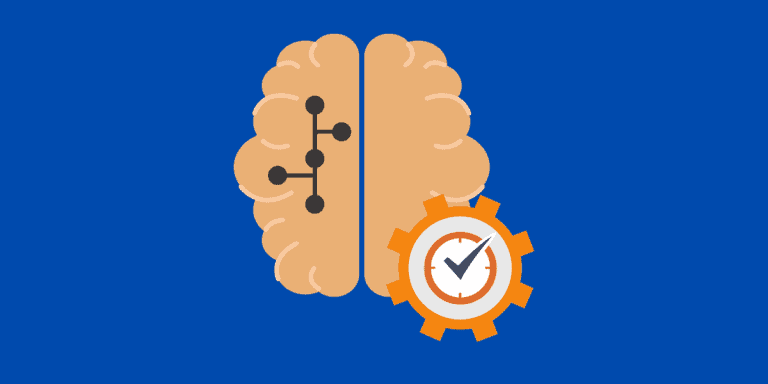The Power of Focus: How Your Thoughts Shape Your Reality
Optimism often sounds like a sales pitch, while pessimism can come across as someone trying to help. When pessimistic people surround you, optimism can make you seem naive and oblivious to risks, while pessimists seem smarter simply because they overanalyze why things won’t work. However, it’s important not to confuse pessimism with complacency.
During difficult times, a perpetual optimist may appear out of touch, while a pessimist seems more grounded and realistic. One of life’s paradoxes is that excessive optimism can create complacency, leading us to believe there’s no need to work hard because we’re sure everything will work out. On the other hand, being aware of potential setbacks, as pessimists are, can push us to work harder to avoid negative outcomes.
Many people are drawn to pessimism because it lowers expectations. When something good happens, it feels like an unexpected bonus. Ironically, this is a reason to be optimistic about life. But there’s more to it—our brains cannot distinguish between real and imagined experiences. The more we focus on something, whether positive or negative, the more we train our minds to build patterns around it. As a result, our brains will begin to seek out anything that fits those patterns.
If we constantly focus on failure or setbacks, we train our minds to expect those outcomes, leading to a self-fulfilling cycle of negativity. However, when we focus on progress, solutions, or success, we train our brains to notice opportunities that align with those patterns. You reap what you sow, so it’s important to be mindful of where you direct your thoughts and energy.

